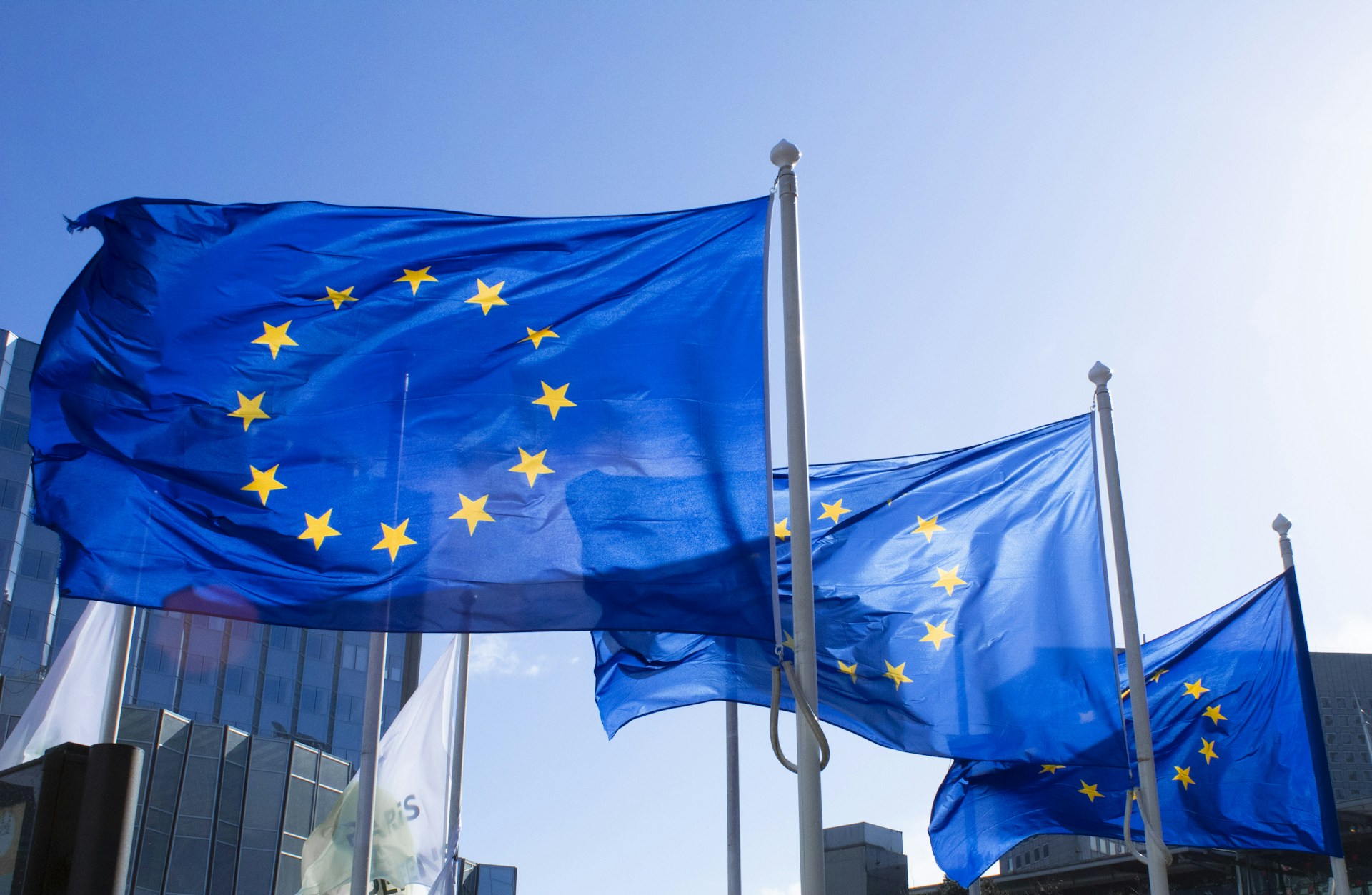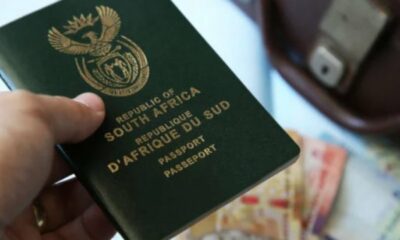Travel
Europe’s New Digital Border System Is Here: Here’s What It Means For South Africans

After years of delays, Europe’s long-awaited Entry Exit System (EES) officially launched on October 12, marking the end of manual passport stamping across much of the continent. While this digital leap aims to streamline border control, the first few months are expected to bring longer queues, confusion, and growing painsespecially for South African travellers.
What Is The EES And Why Is It Being Introduced?
The European Union’s Entry Exit System will digitally record the movement of all non-EU nationals entering and leaving the Schengen areaa group of 29 European countries that includes France, Germany, Italy, and Spain.
Instead of a border officer stamping your passport, your fingerprints and facial image will be scanned at kiosks or by border officials. The data will automatically log your arrival and departure, helping EU countries track visa-free stays and improve border security.
The goal, according to EU officials, is to create a more efficient, secure and paperless travel system. Once you’re registered, your future trips to Europe will be much quicker.
Why South Africans Can’t Use The Self Service Kiosks Yet
While most travellers will register their biometrics at automated kiosks, South African passport holders will have to do it in person with a border official.
That’s because South African passports don’t yet contain biometric data chips, which means they can’t be scanned at self-service machines.
For first-time registration, this could mean longer queues at airports and more time at border control, especially during the initial roll-out phase. Once registered, though, your data will stay on file, making future entries and exits much faster.
The Roll-Out Plan Across Europe
Not every country is switching to EES at the same time. Here’s what the early roll-out looks like:
-
France: Paris Charles de Gaulle and 11 regional airports will go live first, along with the Eurostar Gare du Nord terminal.
-
Germany: Düsseldorf Airport begins on October 12, with Munich and Frankfurt following soon after.
-
Italy: Rome Fiumicino, Milan Malpensa and the cruise hub Civitavecchia are among the first to activate the system.
-
The Netherlands: Rotterdam The Hague Airport goes live on October 27, followed by Amsterdam Schiphol on November 3.
-
Spain: Madrid-Barajas will test EES on a single international flight before expanding nationwide.
-
Portugal: Plans full national roll-out by April 2026.
-
UK ports (for EU-bound travellers): St Pancras Eurostar, the Eurotunnel Folkestone terminal and Port of Dover will all gradually add EES checkpoints.
The full system will be operational across all EU borders by April 2026.
Expect Longer Lines Before Things Get Faster
While the long-term goal is faster processing, the first six months are likely to be messy. Airlines and travel advisories are warning of congestion at airports and ferry ports as border officers adjust to the new system.
Travellers connecting between flights or trains should allow extra time for border checks, especially at major hubs like Paris, Amsterdam and Frankfurt.
For South Africans, the process could take longer than it does for some other travellers, simply because the biometric capture process must be handled manually.
“A Win For Travel – Once The Dust Settles”
Candice Magen, CEO of Visas Abroad, believes the EES is ultimately a positive step.
“We already do a lot of due diligence and biometric checks for visa applications,” she said. “If this system makes travel more efficient and reduces waiting times, it’ll be a big win for travellers and for the industry.”
Magen noted that South Africans have often been placed in slower “other passports” queues in Europe. Once EES is fully operational, all travellers will go through the same system, eliminating this separation.
“Hopefully this will mean the end of those long, frustrating post-flight queues,” she added.
Social Media Reactions: Mixed Feelings From Travellers
As news of the EES spread, travellers across social media shared mixed reactions. On X, some users welcomed the move, calling it “about time Europe went digital.” Others worried about chaos at airports: “You just know Paris CDG is going to be a nightmare this weekend,” one user posted.
South Africans, in particular, expressed concern about the manual registration requirement. Travel influencers and agents have urged local tourists to arrive early and remain patient, reminding them that registration is a one-time process.
Bottom Line
The EU’s new Entry Exit System marks a historic shift in how travellers move through Europe’s borders.
For South Africans, it means more time at passport control in the short term, but a faster, more consistent experience once the system is fully up and running.
If you’re heading to Europe after October 12, plan ahead, pack your patience, and remember that this small inconvenience is paving the way for a smoother travel experience in the future.
{Source:Travel News}
Follow Joburg ETC on Facebook, Twitter , TikTok and Instagram
For more News in Johannesburg, visit joburgetc.com



























